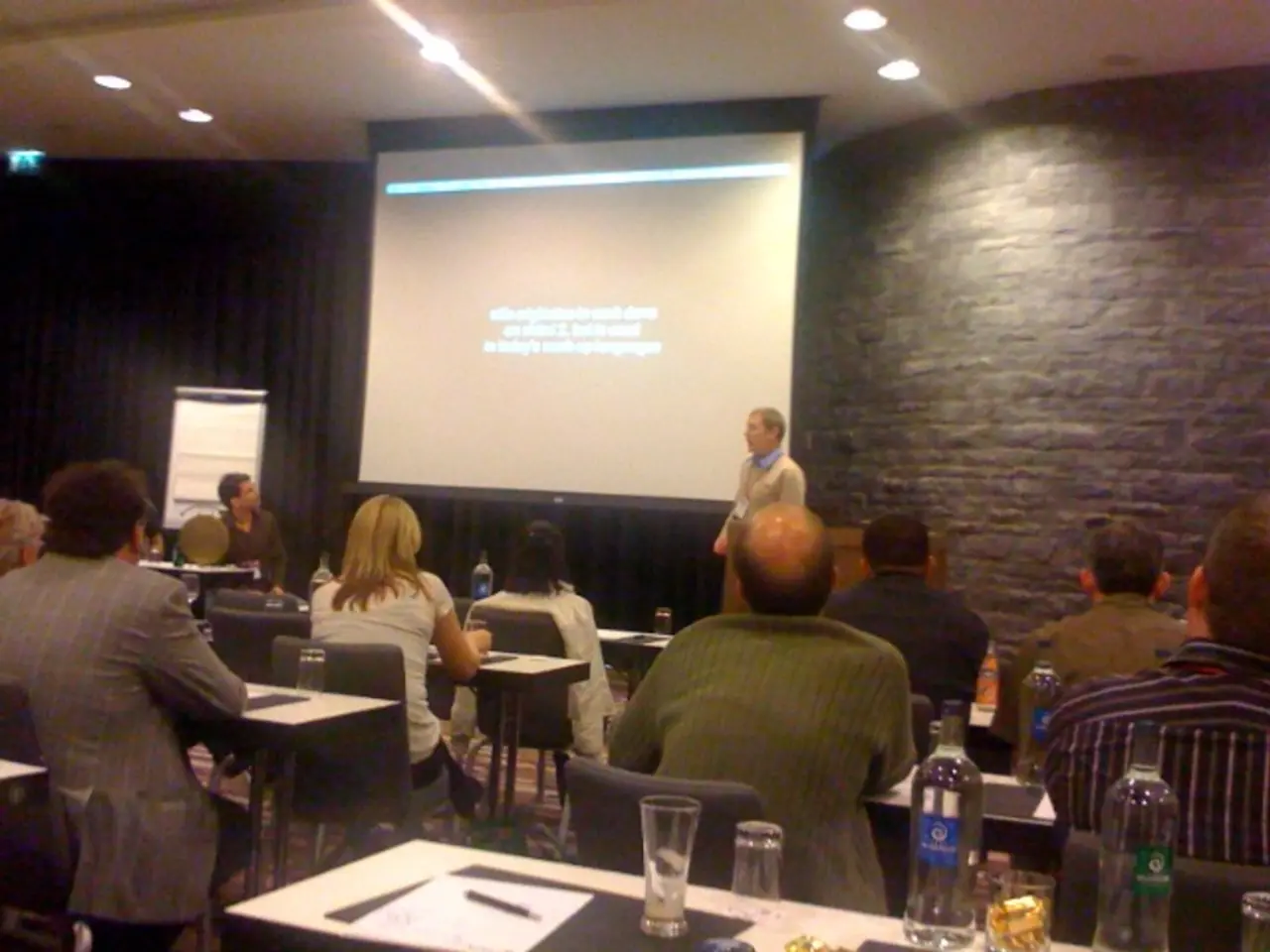Cost Management: Comprehensive Handbook for Enhanced Profits and Powerful Operations
In the dynamic world of business, understanding variable costs is essential for maintaining profitability, financial forecasting, and strategizing growth. Variable costs, unlike fixed costs, change in direct proportion to the level of goods or services a company produces.
By tracking variable costs over time, businesses can reveal inefficiencies in sourcing, production, or labor, giving them real control over margins, pricing, and operational efficiency. Analyzing these costs provides insights that help set prices based on real financial thresholds, not guesses.
Common examples of variable costs include raw materials or direct materials, direct labor, packaging supplies, sales commissions, freight or shipping costs, production supplies, and credit card transaction fees. These costs increase or decrease proportionally with the level of output or sales, making them fundamental for cost calculation and pricing strategy in businesses.
Raw materials, such as flour and sugar for a bakery or wood and nails for furniture manufacturing, are the most direct variable cost in any product-based business. Direct labor, the wages paid to workers directly involved in production, often calculated per unit produced or per hour worked, is another vital variable cost. Packaging supplies, like boxes, wrapping, and labels, increase as more units are produced and sold.
Sales commissions, payments to employees or contractors based on the volume or value of sales they close, and freight or shipping costs, charges incurred when products are shipped to customers, occurring only when sales are made, also fall under variable costs. Production supplies, consumables like machinery oil that are used in proportion to the amount of production, and credit card transaction fees, percentage-based fees on credit card sales, are other examples.
Understanding variable costs is crucial for pricing strategy. By calculating the per-unit variable cost (VC per unit = Total VC ÷ Quantity), businesses can ensure their pricing covers expenses while still contributing to fixed costs and profit. The formula for calculating total variable costs is: Total Variable Cost = Variable Cost Per Unit × Quantity of Units Produced or Sold.
Identifying all variable cost inputs is crucial for accurate variable cost calculations. Negotiating bulk material discounts, improving production workflows, and automating repetitive tasks can reduce variable costs per unit.
Variable cost analysis supports flexible pricing models like volume discounts or promotional offers, helping businesses stay competitive in the market. It also helps teams justify upgrades or automation investments.
Variable costs can fluctuate over time due to changes in supplier rates, labor inputs, and shipping fees. Understanding how variable costs behave at different production volumes helps leaders model realistic growth scenarios. The cost per unit usually remains steady, while total variable cost changes.
However, underestimating variable costs can result in setting prices too low to cover expenses, which affects profit margins. Therefore, it's essential to accurately calculate and monitor variable costs to maintain profitability as a business scales.
In conclusion, variable cost analysis offers businesses a powerful tool for optimising operations, pricing strategy, and financial forecasting. By understanding and managing variable costs, businesses can reach profitability faster and navigate growth more effectively.
- Incorporating education and self-development in understanding variable costs is beneficial, as it lends a deeper comprehension of cost calculation and pricing strategy in personal-finance and business analyses.
- Embracing technology for variable cost tracking and analysis can help businesses pinpoint inefficiencies in sourcing, production, or labor, thus improving operational efficiency and fostering business growth.
- Investing in lifestyle choices can potentially impact variable costs with discreet choices, such as reducing waste from minimal packaging or making energy-efficient decisions in energy consumption, alleviating overall costs in the long run.




